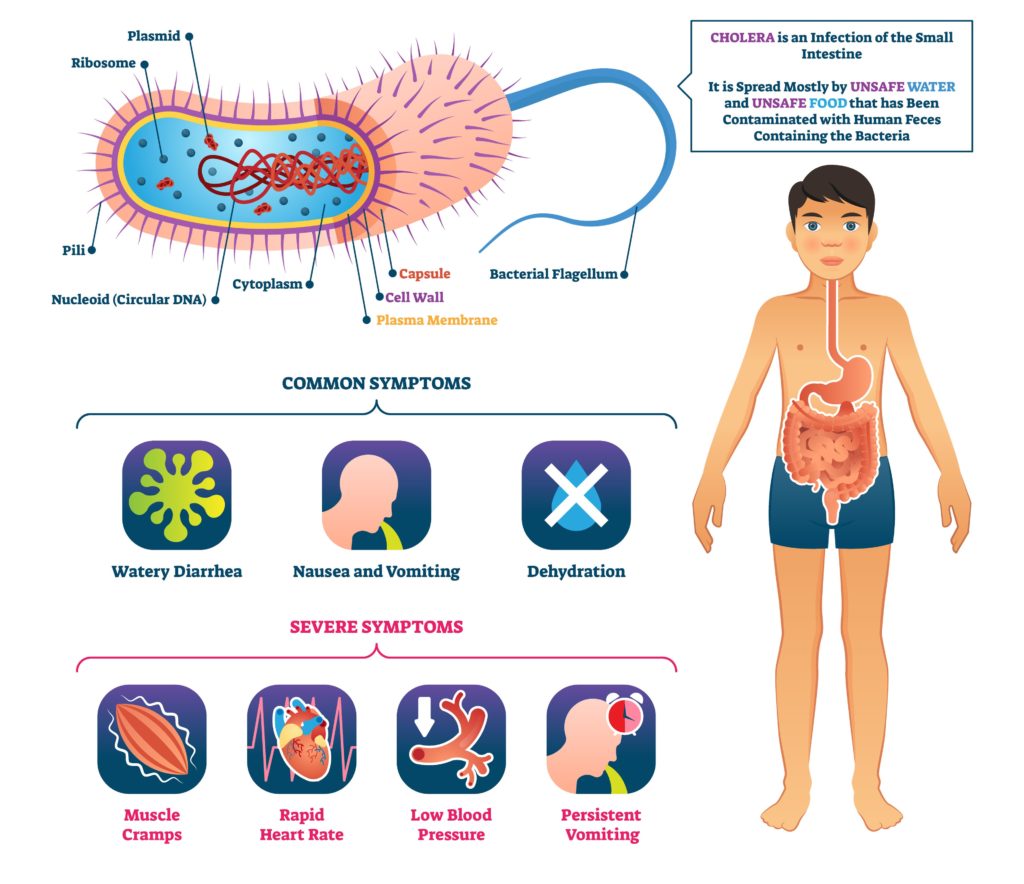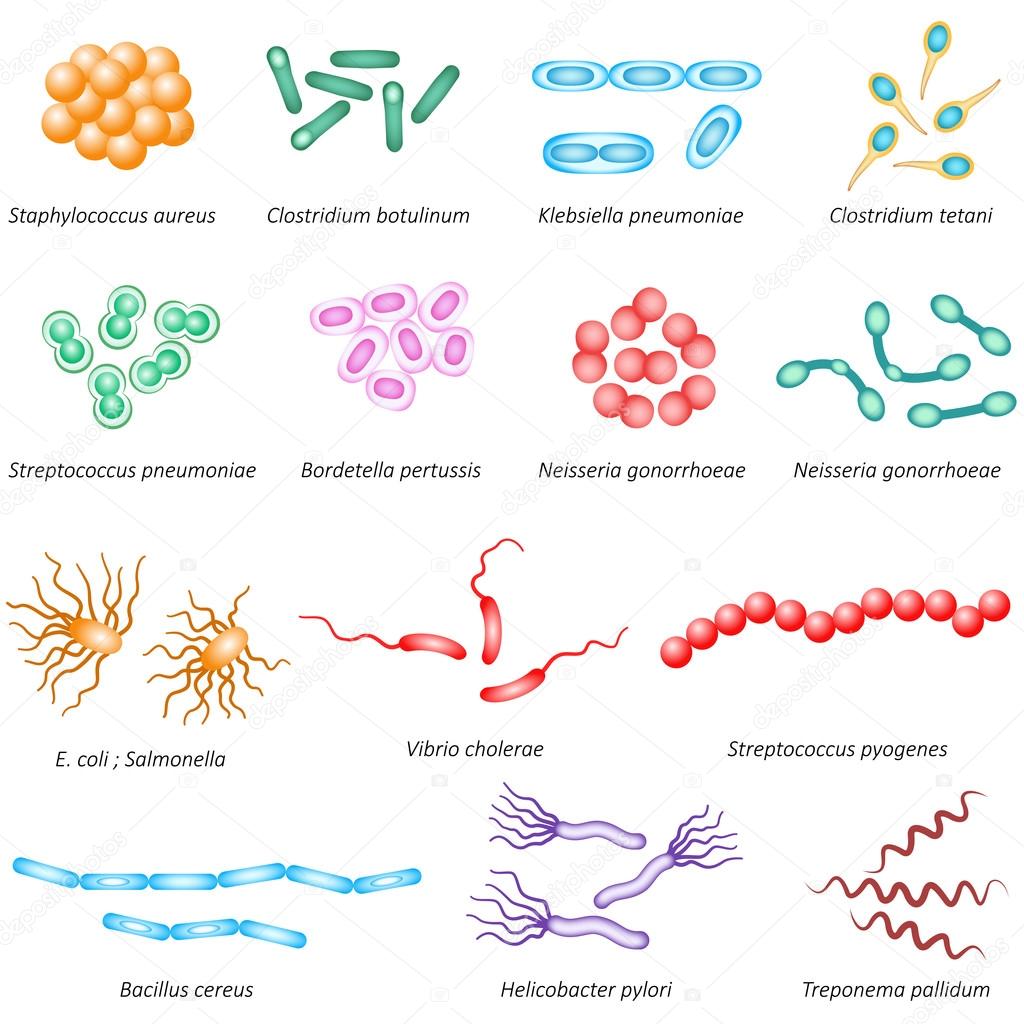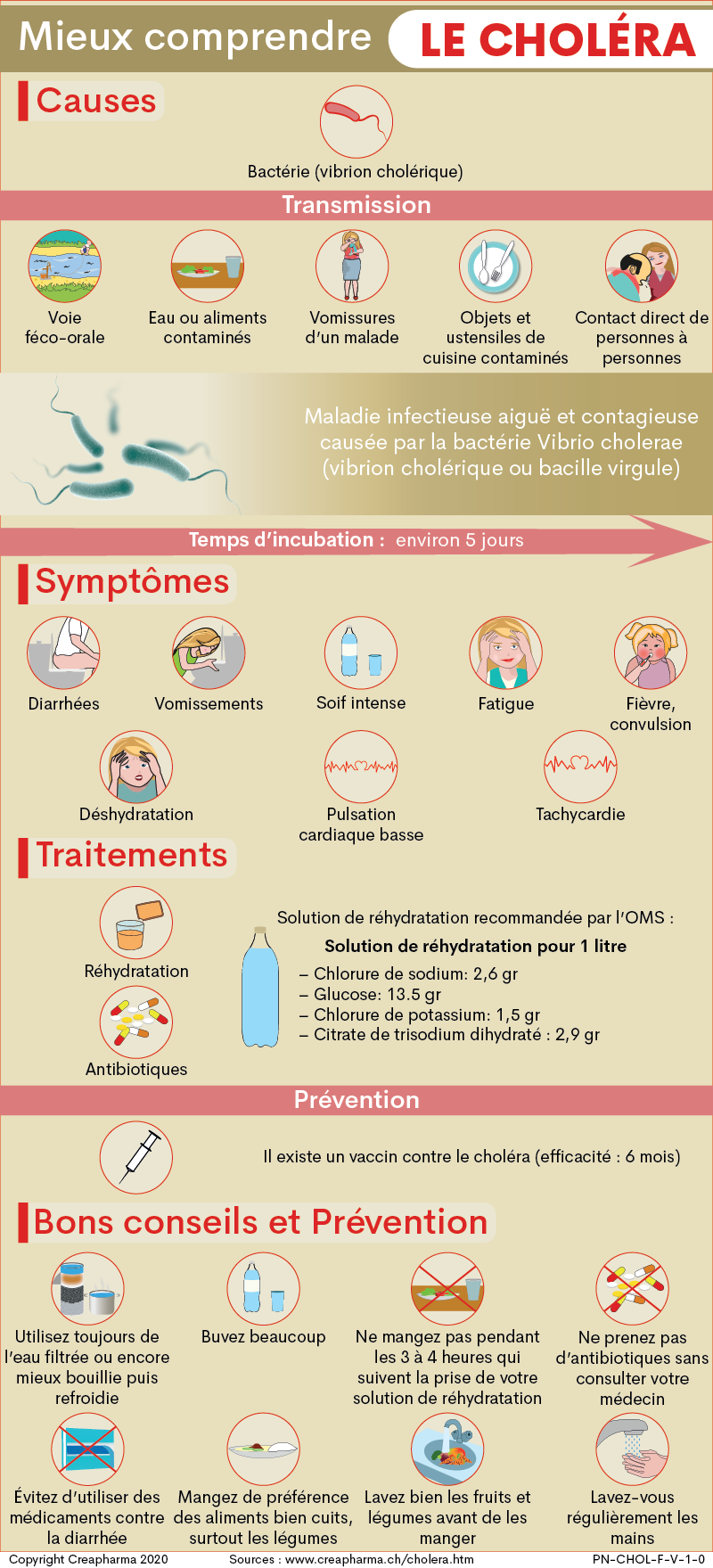what type of microorganism causes cholera Bacteria types common illustration names depositphotos
Cholera, a formidable bacterial disease, has been causing concerns both in Europe and the United States due to a worrying rise in cases. Recent research has pointed to a possible link between the increase in cholera bacteria and the warming of our seas. This discovery has prompted scientists and medical professionals to closely examine the causes, symptoms, and treatments associated with this waterborne disease. Cholera is primarily caused by the bacterium Vibrio cholerae, which infects the small intestine and leads to severe diarrhea and dehydration if left untreated. The bacterium is commonly found in coastal waters and estuaries, making it particularly prevalent in regions where seawater temperatures are rising. As our planet continues to face the consequences of climate change, with increasing temperatures leading to warmer seas, cholera may find a more favorable environment to thrive and spread. The rise of cholera bacteria poses a significant public health threat that requires immediate attention. This infectious disease can be contracted through the consumption of contaminated food or water, particularly when poor sanitation and inadequate hygiene practices are prevalent. With the increasing temperatures, the Vibrio cholerae bacteria reproduce more rapidly and can survive for longer periods in warmer waters, increasing the risk of transmission. To better understand the impact of warming seas on the spread of cholera, researchers have been monitoring the pattern of this disease in Europe and the US. Their findings have been alarming, indicating a clear correlation between rising sea temperatures and the increasing number of cholera cases. These results emphasize the urgent need to address the root causes of climate change, as well as to enhance our efforts in preventing and treating cholera infections. To combat the spread of cholera, it is crucial to be aware of the common symptoms associated with the disease. Individuals affected by cholera often experience severe diarrhea, dehydration, vomiting, and leg cramps. In severe cases, cholera can rapidly progress to hypovolemic shock and even death if not treated promptly. Therefore, it is imperative to seek medical attention as soon as symptoms arise, especially if there has been exposure to potentially contaminated water sources. When it comes to the treatment of cholera, rehydration is key to replenishing the lost fluids and electrolytes caused by severe diarrhea. Oral rehydration solutions, which consist of a specific combination of salts, sugar, and water, are widely used to combat dehydration in cholera patients. In more severe cases, intravenous fluids may be necessary to restore electrolyte balance and prevent complications. Preventive measures play a crucial role in reducing the transmission of cholera. Access to clean water and proper sanitation facilities are essential in preventing the spread of this waterborne disease. Public health initiatives, including the promotion of hand hygiene practices, the disinfection of water sources, and the implementation of safe waste disposal systems, are crucial in minimizing the risk of cholera outbreaks. Education also plays a fundamental role in preventing cholera infections. By providing communities with accurate information about the disease, its transmission routes, and preventive measures, individuals can make informed decisions to protect themselves and their loved ones. Furthermore, the availability of cholera vaccines has proven to be effective in reducing the impact of outbreaks, particularly in regions with limited access to clean water and sanitation facilities. In conclusion, the alarming rise in cholera bacteria in Europe and the United States, linked to the warming of our seas, demands urgent attention. The increase in sea temperatures provides a more favorable environment for the Vibrio cholerae bacterium, resulting in a higher risk of transmission. To tackle this growing threat, it is necessary to address the root causes of climate change, improve sanitation and hygiene practices, and enhance public health initiatives regarding prevention and treatment. By working together, we can mitigate the impact of cholera and protect the health and well-being of our communities.
If you are looking for Pathogen of the Month: Vibrio cholerae, the Causative Agent of Cholera you’ve visit to the right page. We have 5 Images about Pathogen of the Month: Vibrio cholerae, the Causative Agent of Cholera like Choléra : causes, symptômes et traitements | Creapharma, Pathogen of the Month: Vibrio cholerae, the Causative Agent of Cholera and also Common bacteria types Stock Vector Image by ©mrhighsky #100517500. Here you go:
Pathogen Of The Month: Vibrio Cholerae, The Causative Agent Of Cholera
 www.gideononline.comcholera colera vibrio choléra cholerae pathogen sintomo infezione identificati struttura causative diarrhea symptôme veine leucocyte niveau blancs symptômes infectious gideononline
www.gideononline.comcholera colera vibrio choléra cholerae pathogen sintomo infezione identificati struttura causative diarrhea symptôme veine leucocyte niveau blancs symptômes infectious gideononline
Common Bacteria Types Stock Vector Image By ©mrhighsky #100517500
 depositphotos.combacteria types common illustration names depositphotos
depositphotos.combacteria types common illustration names depositphotos
Choléra : Causes, Symptômes Et Traitements | Creapharma
 www.creapharma.chCholera – Symptoms, Causes And Treatment
www.creapharma.chCholera – Symptoms, Causes And Treatment
 article1000.comcholera symptoms causes who personnel disease water treatment severe diarrhoea adamawa control article1000 signs deploys contaminated outbreak mubi food
article1000.comcholera symptoms causes who personnel disease water treatment severe diarrhoea adamawa control article1000 signs deploys contaminated outbreak mubi food
Warming Seas Linked To Rise In Cholera Bacteria In Europe And US | New
 www.newscientist.combacteria cholera cholerae vibrio bacterium warming resistant climate change seas linked rise europe drug
www.newscientist.combacteria cholera cholerae vibrio bacterium warming resistant climate change seas linked rise europe drug
Bacteria types common illustration names depositphotos. Pathogen of the month: vibrio cholerae, the causative agent of cholera. Cholera symptoms causes who personnel disease water treatment severe diarrhoea adamawa control article1000 signs deploys contaminated outbreak mubi food